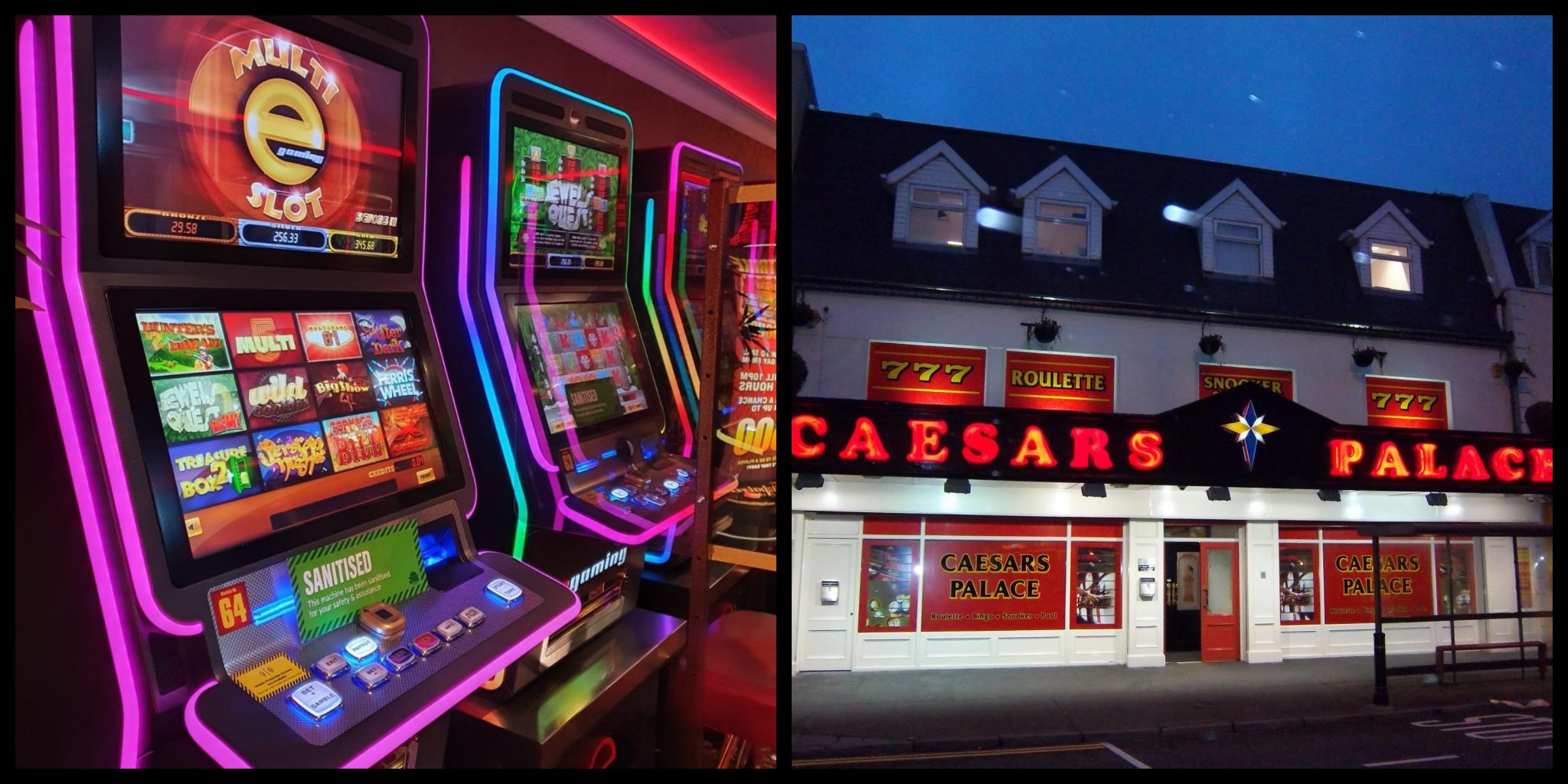
Within the lively and exciting world of gaming establishments, where fortune and tactics intertwine, color and aesthetic play a pivotal role in attracting gamblers. From the moment players step inside a casino or access a gaming website, they are immersed in a visual feast that captures their attention and lures them to explore more. Vivid colors, engaging graphics, and innovative layouts are carefully crafted to create an environment of thrill and expectation, ultimately enhancing the gaming experience.
While players navigate through the ever-changing landscape of casino games, they encounter a variety of designs that not only serve visual purposes but also affect feelings and decision-making. Hues like scarlet and yellow symbolize wealth and fortune, while soothing blues and emeralds can create a much tranquil environment. Understanding how these elements work together allows casinos to create an welcoming and stimulating atmosphere that encourages players to engage with the games, spend more time at the tables, and boost their overall enjoyment.
The Science of Color in Gaming Establishments
Color plays a critical role in the design of gambling games, shaping players’ feelings and responses. Bright and bold hues, such as scarlet and gold, are often used to ignite excitement and capture focus. These shades create a sense of urgency and dynamism, encouraging participants to involve themselves more enthusiastically with the experience. By intentionally selecting tints, creators aim to evoke feelings of joy and anticipation, which can enhance the overall game experience.
Different hues also have psychological meanings that can affect how players perceive their chances of winning. For instance, lime is commonly associated with luck and wealth, making it a well-liked choice in games like roulette and poker setups. This link can result participants to feel more hopeful and self-assured in their gameplay, ultimately motivating them to bet more. Grasping these links allows game designers to craft environments that enhance player satisfaction and retention.
Furthermore, the design of gambling game interfaces often uses color gradients and contrasting hues to guide players’ responses. For case, winning results may be highlighted with bright, differing hues, creating a visual reward. This approach strengthens favorable outcomes and encourages repeated gameplay. By exploiting the psychology of color, casinos can create games that not only captivate gamblers but also maintain them involved and invested in their play experience.
Creative Elements that Engage Players
The visual appeal of casino games is largely influenced by the use of bold colors. kjc Lively and contrasting colors are strategically chosen to create an inviting atmosphere that grabs interest. For instance, reds and golds often signify good fortune and prosperity, which is why they are common in the color schemes of slot machines and table surfaces. These colors not only draw players in, but they also stir emotions related to excitement and anticipation, enhancing the total gaming experience.
In addition to color, the design and organization of gambling games play a significant role in captivating players. Games are designed to be user-friendly, ensuring that players can easily understand the guidelines and gameplay. User-friendly interfaces, along with captivating graphics and motion, help maintain player interest and encourage extended play sessions. The physical elements, such as the feel of the buttons and the sounds of the games, also add to a holistic sensory experience that keeps players engaged.
In conclusion, conceptual elements in game design can greatly influence player choice. Many gambling games are inspired by media, myths, or adventure themes, featuring symbols and characters that resonate with players. These themes create a sense of immersion and connection, making each game feel unique. When players feel a connection to the concept, they are more likely to choose that game over others, leading to increased participation and enthusiasm within the casino environment.
Case Studies: Effective Casino Game Designs
One noteworthy example of impressive gambling game design is the well-known slot machine series themed around popular movies. Games such as those based on the The Wizard of Oz and Game of Thrones utilize bright colors and high-quality graphics to engage players in recognizable narratives. The employment of moving visuals and entertaining sound effects takes the focus of players, building an affective connection to the theme. This tactic merely encourages longer play but also enhances the overall gaming experience, resulting in increased player retention.
Another successful case is the application of color psychology in table games like blackjack and the wheel. Casinos often develop these games with dark reds and greens, colors traditionally linked with luck and wealth. For instance, the emerald felt on a blackjack table provides a relaxing effect, while the crimson accents in roulette invite anticipation. This deliberate use of color helps to establish an inviting atmosphere that encourages players to engage, addressing their psychological impulses and enhancing their enjoyment.
Finally, online casino games that incorporate community features and bright, colorful designs have seen remarkable success in engaging players. Games like Zynga Poker and Slot-O-Mania leverage striking colors and playful animations to create an inviting online environment. The addition of leaderboards, community sharing options, and in-game rewards encourages competition and community, drawing players in for longer sessions. Such designs not just make the games visually enticing but also emphasize community engagement, a key factor in player retention and engagement within digital casino environments.
